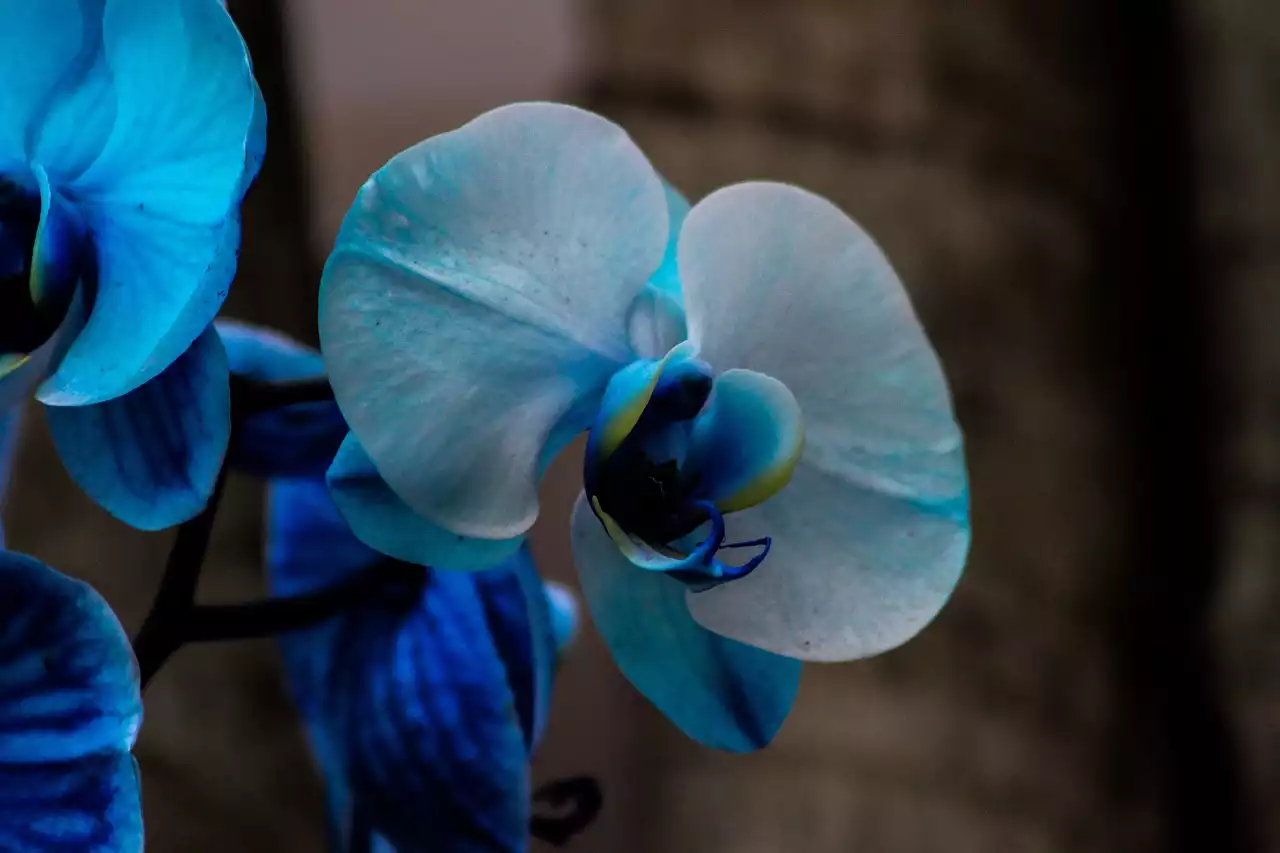Unless you’re growing a bog plant, keeping your garden constantly wet isn’t a good idea. Gardeners should aim for moist soil rather than waterlogged plants. Soil that stays soggy for days on end not only stunts the plants’ growth but also promotes the growth of fungus and bacteria that can cause root diseases in your plants. In addition, standing water is the perfect breeding ground for mosquitoes, gnats and other disease-carrying insects that make for terrible neighbours. Keeping your soil consistently soaked is also not a very sustainable practice; all that water has to come from somewhere! However, there are times when it makes sense to grow plants in perpetually wet soil.
What to Grow in Wet Soil
You can grow anything in perpetually soaked soil; however, certain plants will thrive in this environment better than others. For example, many bog plants that thrive in very acidic soil do so in part because they can draw up nutrients from water instead of soil. Bog plants that love constantly wet soil include: Pitcher plants, sundews, and shore pinks or yellow pitcher plants are carnivorous plants that thrive in consistently wet soil, though you will have to experiment to find the right soil pH for each species.
When is a Soaked Root Environment Good for Plants?
Soil that is consistently wet and doesn’t drain well is usually acidic. To achieve this, you will have to add peat moss, sphagnum moss, or another acidifying agent to the soil. Carnivorous plants thrive in acidic soil and are therefore a good candidate for this type of soil.
How to Achieve Constant Soil Moisture
If your climate is particularly humid, you will probably have to work at keeping the soil in your garden consistently wet. If you are in a very humid environment and want to grow carnivorous plants, peat moss is your best bet. Sphagnum moss might work to keep the soil moist, but it can also introduce too much acidity to the soil. If you live in a dryer climate and want your plants to stay wet, you will probably have to bring in water. If your plants are large and you don’t want to lug a water source to them, consider building a small pond nearby. You can also use a water wheel to bring water from a nearby source.
When Constant Soil Moisture is bad for Plants
If you’ve read this far, you’re probably wondering, when does constant soil moisture become bad for plants? And the answer is, it doesn’t. You can’t kill plants that are growing in perpetually saturated soil. The real danger in growing plants in perpetually wet soil is not that they will die, but that they will become weak and diseased. If you keep your soil constantly moist, you will encourage the growth of fungus and bacteria. These organisms will rob your plants of food, minerals, and water. Bacteria are less harmful than fungi, but they are still bad for plants. Bacteria in the soil can cause root diseases, which is especially dangerous for seedlings.
What You Shouldn’t Grow in Constant Wet Soil
If you are going to establish a perpetually wet soil environment, you shouldn’t grow plants that require lots of air circulation. Plants that like well-draining soil and lots of air around their roots include: Bog plants are a good example of plants you might want to grow in perpetually wet soil. However, if you’re growing plants that don’t like wet roots, you’ll have to find a way to allow for airflow to those plants. Bog plants that like wet soil but also need soil aeration include: If you live in a humid climate and want to grow these plants in wet soil, you’ll have to find a way to introduce air circulation to the soil around these plants’ roots.
Conclusion
Whether you are growing carnivorous plants or just like the idea of growing plants in perpetually wet soil, it’s important to remember that you will have to water the soil more often. The good news is that you can use rainwater to water these plants. You shouldn’t water your plants just because the soil is a little dry; water should only be applied when the soil is dry, and it should be applied as evenly as possible. If you keep your soil consistently wet, you will have to be sure to water your plants more often than if you were growing them in drier soil. If your soil is too wet, you can use the following methods to dry it out: These methods will help you keep the soil in your garden at the right moisture level and help protect your plants from root diseases.


 How To Design A Living Room That Looks Like It's Straight Out of a Luxury Hotel
How To Design A Living Room That Looks Like It's Straight Out of a Luxury Hotel How To Design Your Home Office: A Beginner's Guide
How To Design Your Home Office: A Beginner's Guide
 DIY Marquetry in the Home
DIY Marquetry in the Home Why Raking up All Dead Leaves is not a Good
Why Raking up All Dead Leaves is not a Good The Importance of Worms and Repeatedly Tilling
The Importance of Worms and Repeatedly Tilling Planting too early and in the Wrong Place
Planting too early and in the Wrong Place Applying Fertilizers and Pesticides Incorrectly
Applying Fertilizers and Pesticides Incorrectly